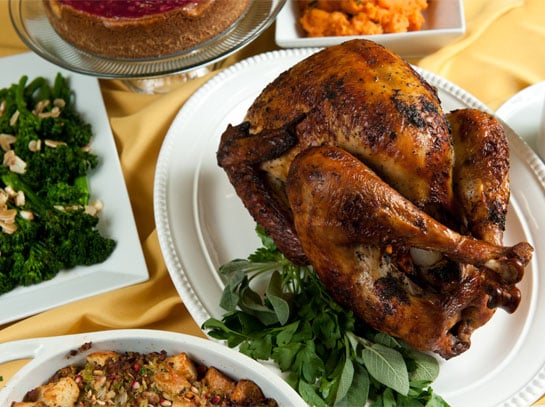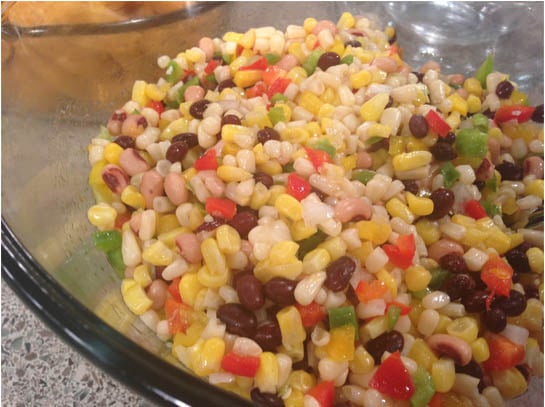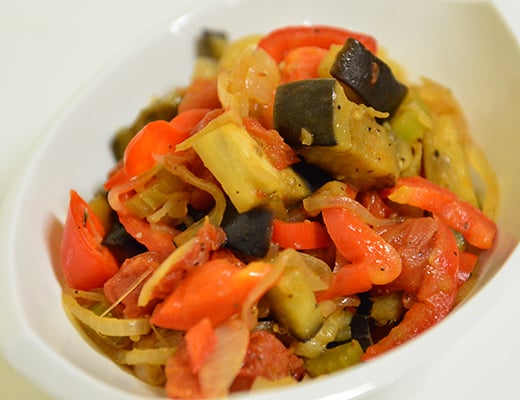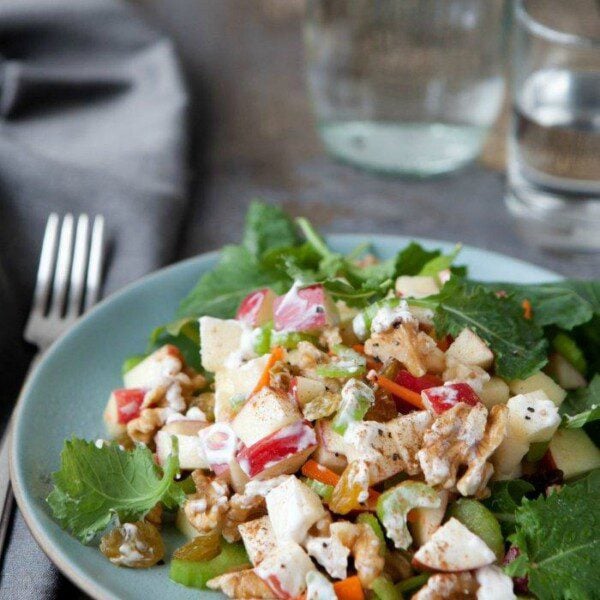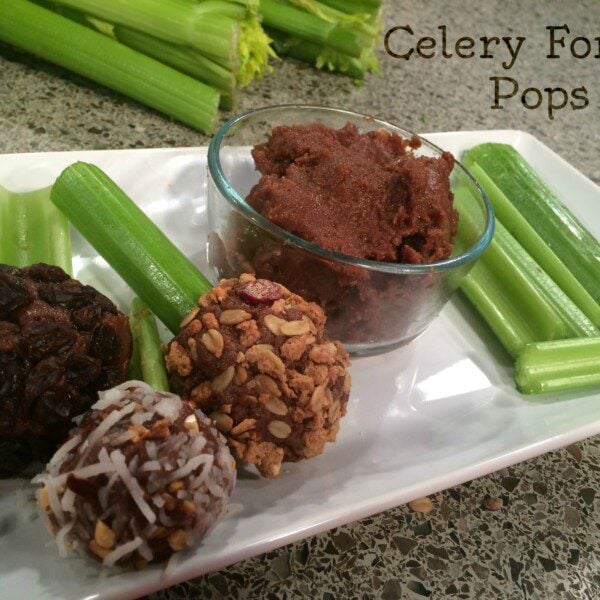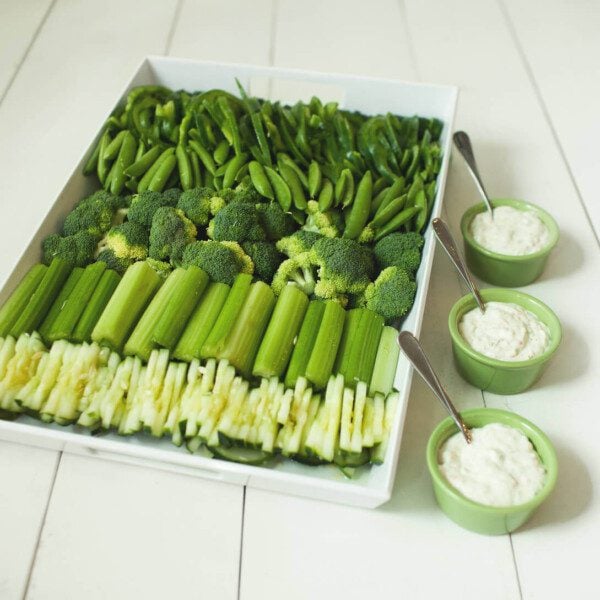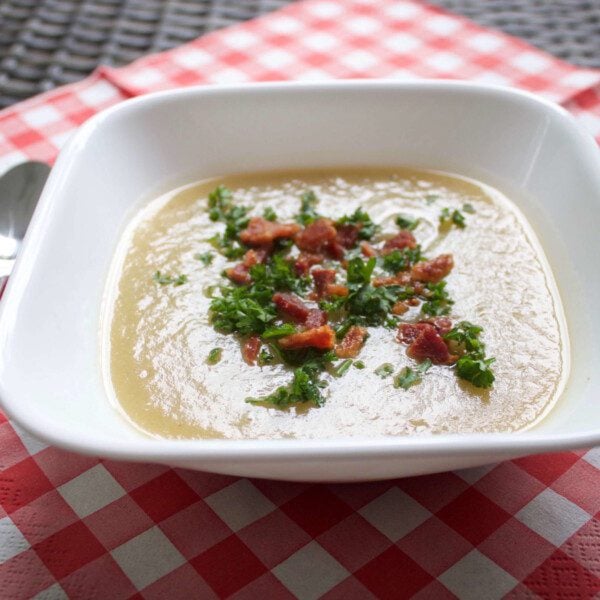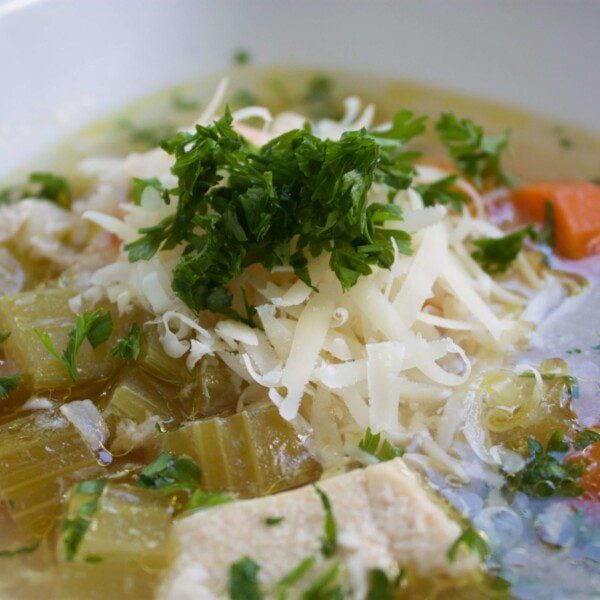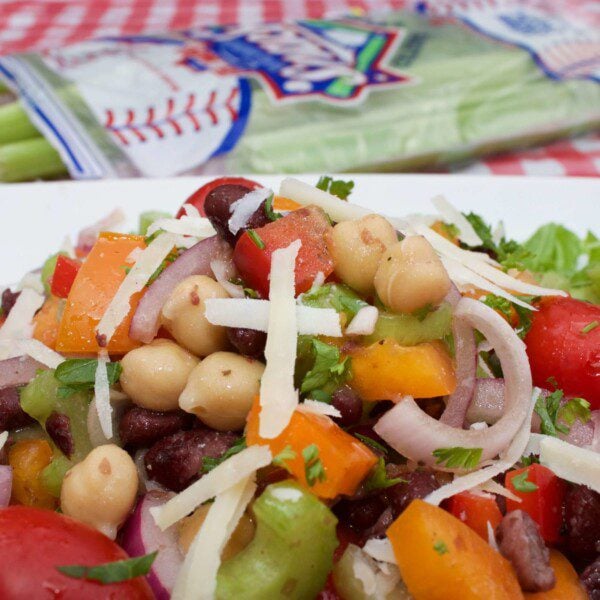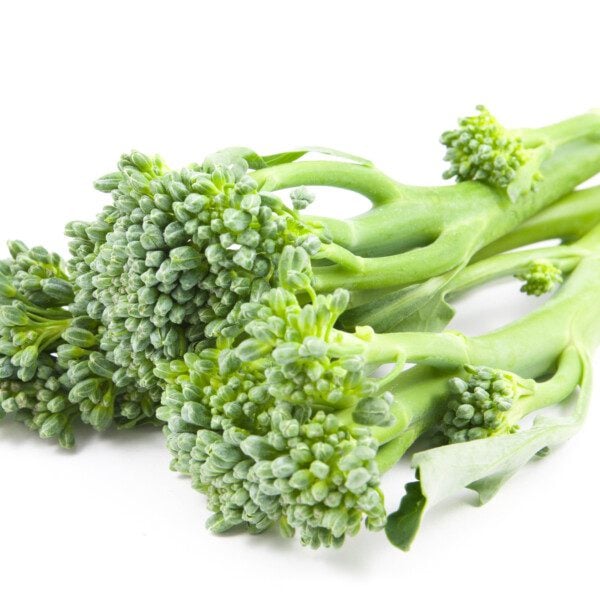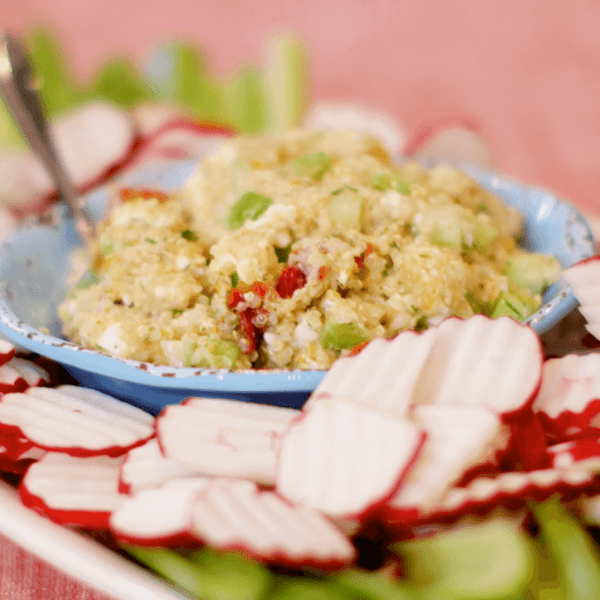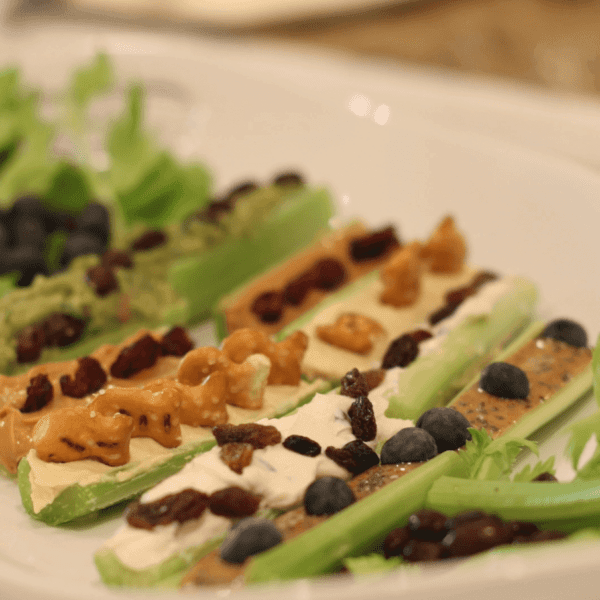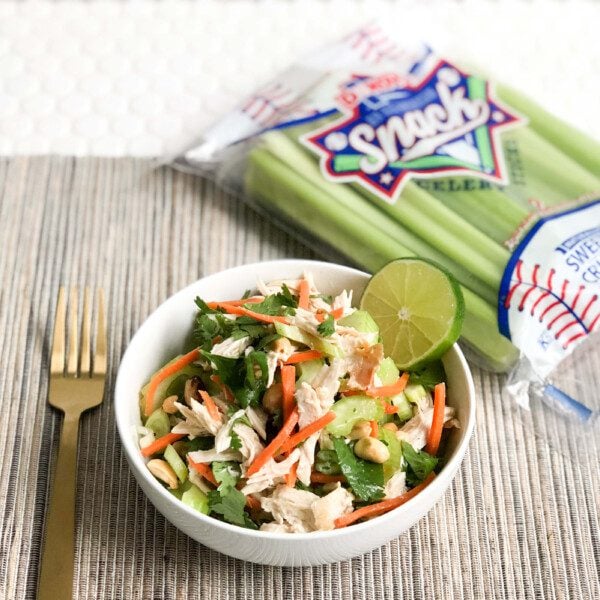How to Select Celery
- Look for celery stalks with bright green leaves. Avoid those with leaves that are yellowing or have brown spots, as these indicate that the stalk is older.
- Fresh celery stalks should be green and crisp. Avoid stalks that are shriveling, turning yellow or brown, or soft.
When is Celery in Season?
Celery is typically in season from late summer to early fall. The peak season for celery is from August to October. However, modern agricultural methods make celery available year-round in many places. The best celery will have firm, crisp stalks with deep green leaves. You’ll want to avoid celery that is limp, yellowing, or has a strong odor. These are signs that the celery is too old.
Varieties of Celery
There are many varieties of celery. These are the most common celery varieties that you’ll find at the grocery store or local farmer’s market:
- Pascal celery: The most common variety of celery, Pascal celery has pale green stalks and leaves. It has a mild, almost sweet flavor and a crisp texture.
- Golden Self-Blanching: This variety has yellowish-white stalks and leaves. It has a mild and sweet flavor. Because of its ability to self-blanch, it has a milder and sweeter taste than other varieties.
- Tango: This variety has dark green stalks and leaves. It has a more robust, more pronounced celery flavor.
- Conquistador: This variety has wide, thick, and crunchy stalks. It has a very strong celery flavor and is often used in soups and stews.
- Vermont Golden: This variety has yellowish-green stalks and leaves. It has a nutty, sweet flavor and is a great source of vitamin C.
Celery Nutrition Facts & Benefits
A crunchy, low-calorie vegetable, celery has many health benefits:
Nutritional Facts
Serving size: one medium stalk
Approximate 6 calories
- 0.1 grams of fat
- 0.6 grams of protein
- 1.6 grams of carbohydrates
- 0.7 grams of natural sugar
- 0.8 grams of fiber
Celery contains small amounts of other vitamins and minerals such as Vitamin C, Vitamin E, Vitamin B1, Vitamin B2, Vitamin B3, Vitamin B5, Calcium, Iron, Magnesium, Phosphorus, and Zinc.
Health Benefits
A few main health benefits of celery:
Celery is high in antioxidants that reduce blood lipids, glucose, and blood pressure, which strengthens your heart.
Celery has apigenin and luteolin, which reduce inflammation and allergic responses.
Eating celery can also suppress symptoms of arthritis because of the apigenin that minimizes tissue inflammation.
How to Store Celery
- If your celery came pre-packaged, it can be stored in that packaging for one to two weeks. Store it in the refrigerator in a humid area and avoid placing it in the colder parts of your fridge.
- If you purchased celery without any packaging (or to make your packaged celery last longer), separate and wash the celery stalks and allow them to dry. Cut 1/4 – 1/2 inch off of the the top and bottom of each stalk. Wrap the stalks together loosely in a dry paper towel and place in an unsealed plastic bag, such as a grocery store bag. The bag should allow the celery to breath. The stalks can also be wrapped in aluminum foil. Celery stored this way can last for up to four weeks, but be sure to check it regularly for aging.
- Celery may be frozen for over a year. Wash and chop the celery to smaller pieces. Blanch the celery stalks, then place them on a baking sheet in the freezer for two hours to firm up. Remove the sheet, put the pieces into a plastic bag, and place them back the freezer for storage.
How to Prepare Celery
- Raw: Eating celery raw is a great way to enjoy its natural crunch and flavor. Simply wash and chop the celery into bite-size pieces and enjoy it as a snack or in salads. You can also use it as a base for dips or fill the celery stalks with dip or peanut butter, a kid’s favorite.
- Juicing: Celery juice is a popular way to consume celery. Simply wash and chop the celery, and juice it using a juicer. You can drink the juice plain or mix it with other fruits and vegetables for added flavor.
- Stir-frying: Stir-frying is another easy way to cook celery. Cut the celery into thin slices and stir-fry with your choice of vegetables and spices. Stir-fry celery adds a perfect crunch to the dish.
- Braising: Braising celery is a good method when you want to soften the texture and bring out its sweetness. Cut the celery into chunks and braise it in a mixture of chicken or vegetable stock, butter, herbs, and seasonings.
How to Serve Celery
Recipes
Thanksgiving Turkey
Recipes
Caponata
Recipes
Honeycrisp Waldorf Salad
Recipes
Celery Pops
St. Patrick's Day
